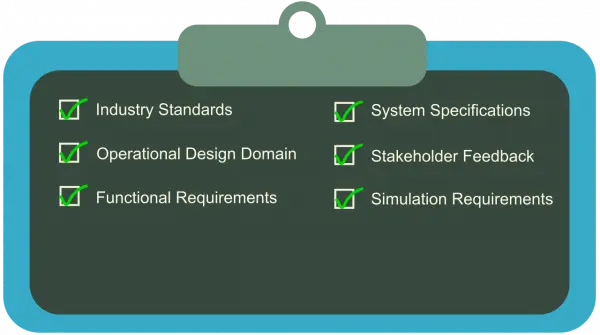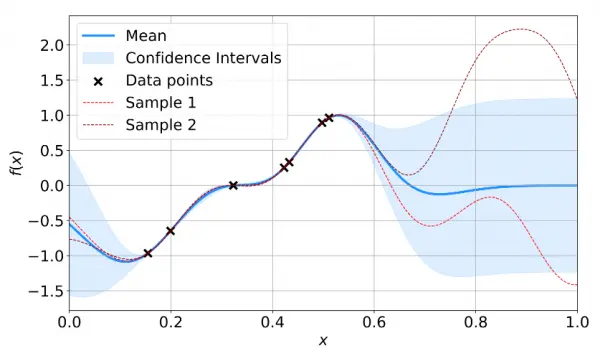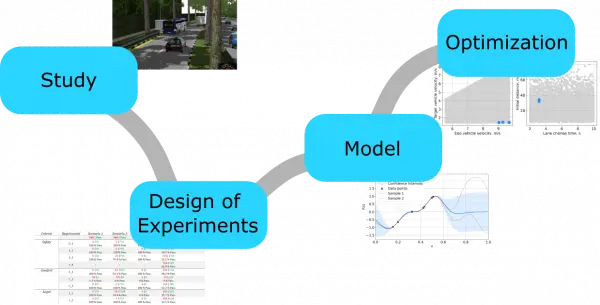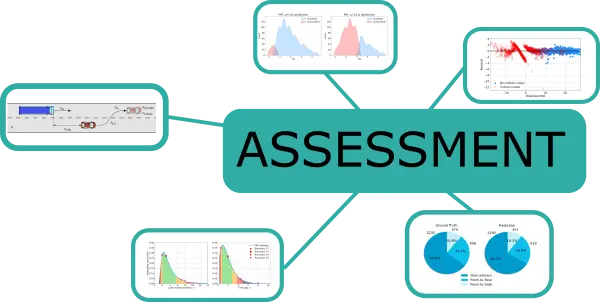Safety of the Intended Functionality
ISO/PAS 21448

Safety of the Intended Functionality (SOTIF) is essential in today’s evolving landscape of autonomous systems and advanced driver assistance technologies. Unlike traditional functional safety, which addresses failures caused by hardware or software malfunctions, SOTIF ensures that systems behave safely under foreseeable conditions, even when no fault exists. Addressing SOTIF is critical to mitigating risks posed by complex interactions, sensor limitations, and unpredictable real-world scenarios.
We provide end-to-end support to ensure your systems meet SOTIF requirements. Our team assists in the entire lifecycle of specification and design, leveraging inductive and deductive analysis to identify potential hazards and triggering conditions. We help define robust acceptance criteria, ensuring hazards are systematically addressed during development.
- Specification & Design
- Identification of hazards
- Specification of acceptance criteria
- Identification of functional insufficiencies
- Identification of triggering conditions
- Definition of V&V strategy
- Evaluation of known scenarios
- Evaluation of unknown scenarios
- Addressing functional modifications
- Evaluation of SOTIF achievement
Our expertise extends to rigorous verification and validation of SOTIF-related systems. We provide scenario coverage analysis and allocation across various testing platforms (MiL, SiL, HiL, DiL, ViL and real-world testing).

Requirements
From defining Operational Design Domain (ODD) to crafting precise requirements, ensuring functionality, compliance with standards, and setting performance metrics with tolerance levels – our verification and testing services support your end-to-end ADAS process, enhancing safety and performance.

Scenarios
We cover all three scenario levels – functional, logical, and concrete – whether they are derived from data or knowledge-based. Our services extend to supporting your process in developing structured databases, including coverage of Euro NCAP tests, ensuring a comprehensive scenario catalogue for robust testing and validation.

Simulations
We provide versatile support for various simulation tools, seamlessly adapting all processes to communicate with the chosen tool automatically. Our customisation extends to tailoring simulations to meet your specific needs, including the option to extend the tool with programming languages such as Python, C++, and Matlab/Simulink.

Predictive modeling
Enhance simulation activities with our predictive modelling expertise. Leveraging machine learning and AI, we conduct analyses, such as sensitivity analysis and optimisation, to identify relevant test scenarios, supporting your testing endeavours effectively.

Accelaration methods
Empower your simulation environment with our tailored Active Design Exploration solutions or Stress Testing for traffic-based simulations. Enable intelligent iterative testing and feedback mechanisms, enhancing efficiency and optimisation for superior results in your simulation processes.

Assessment
We meticulously select performance metrics and employ a structured verification process to assess and enhance the efficiency of your systems.
